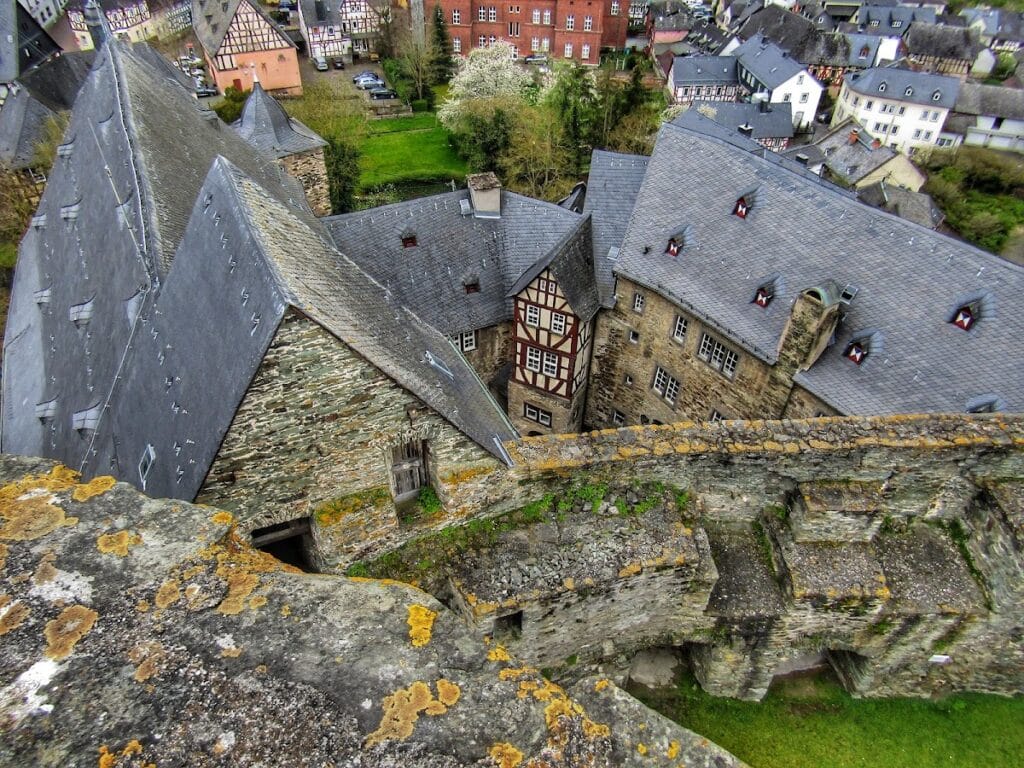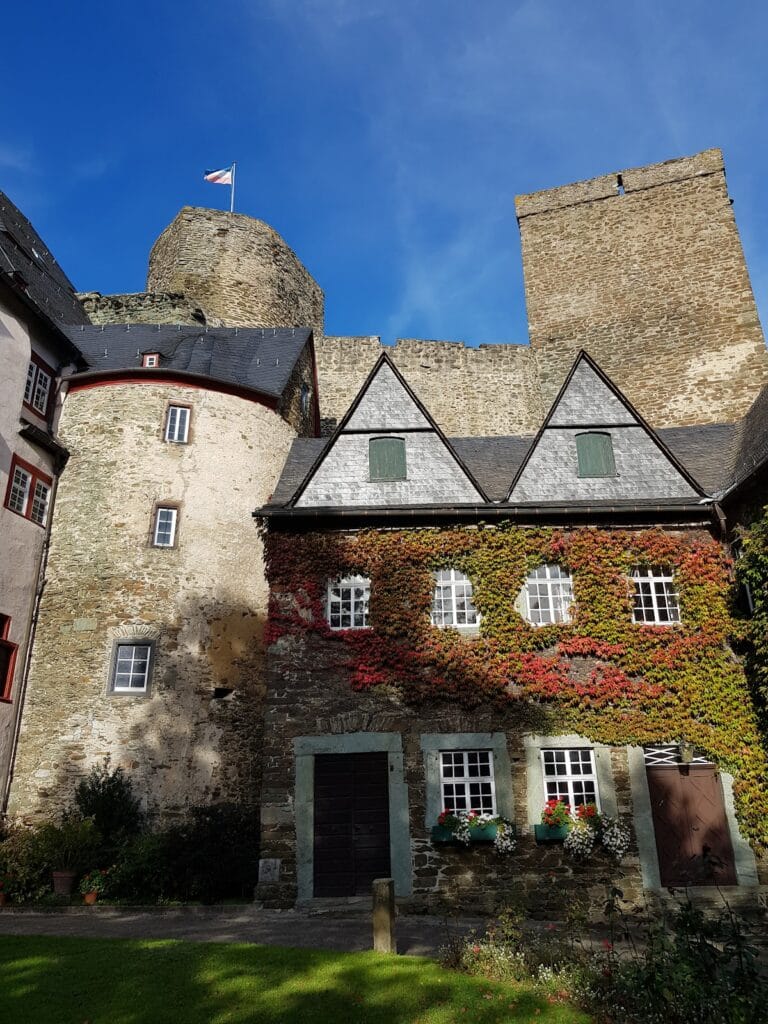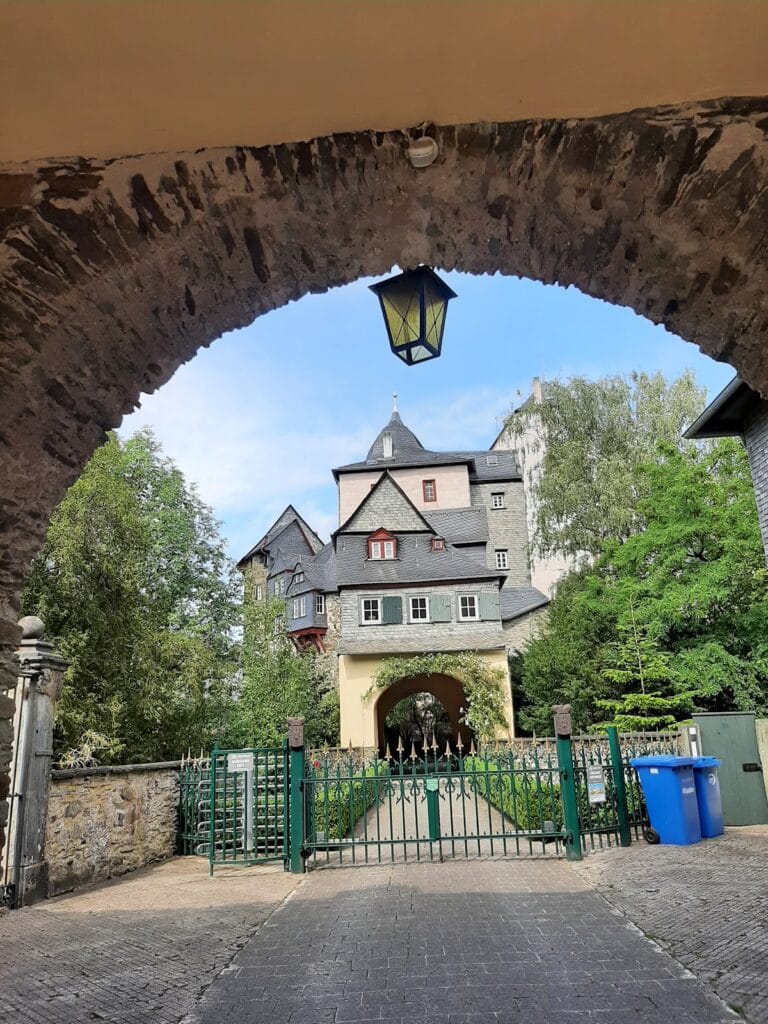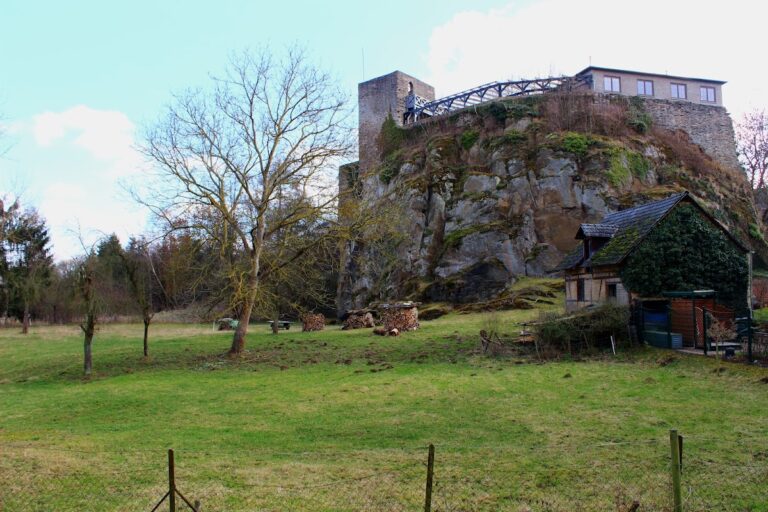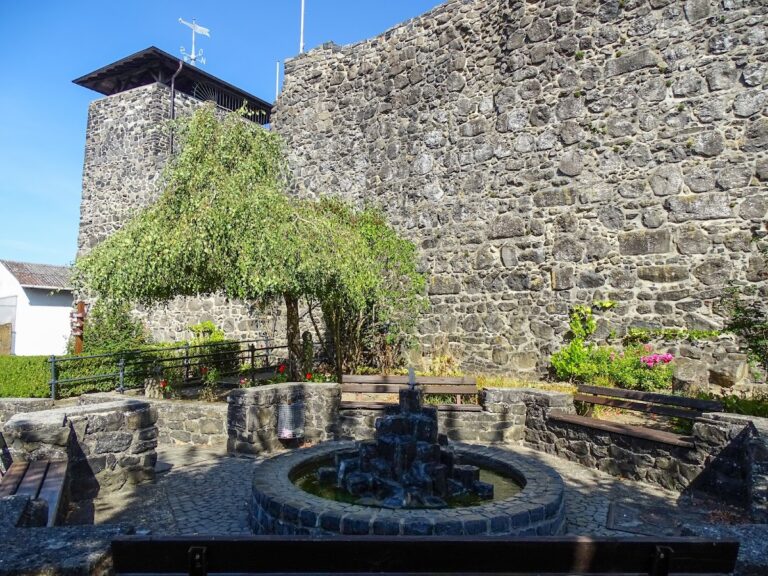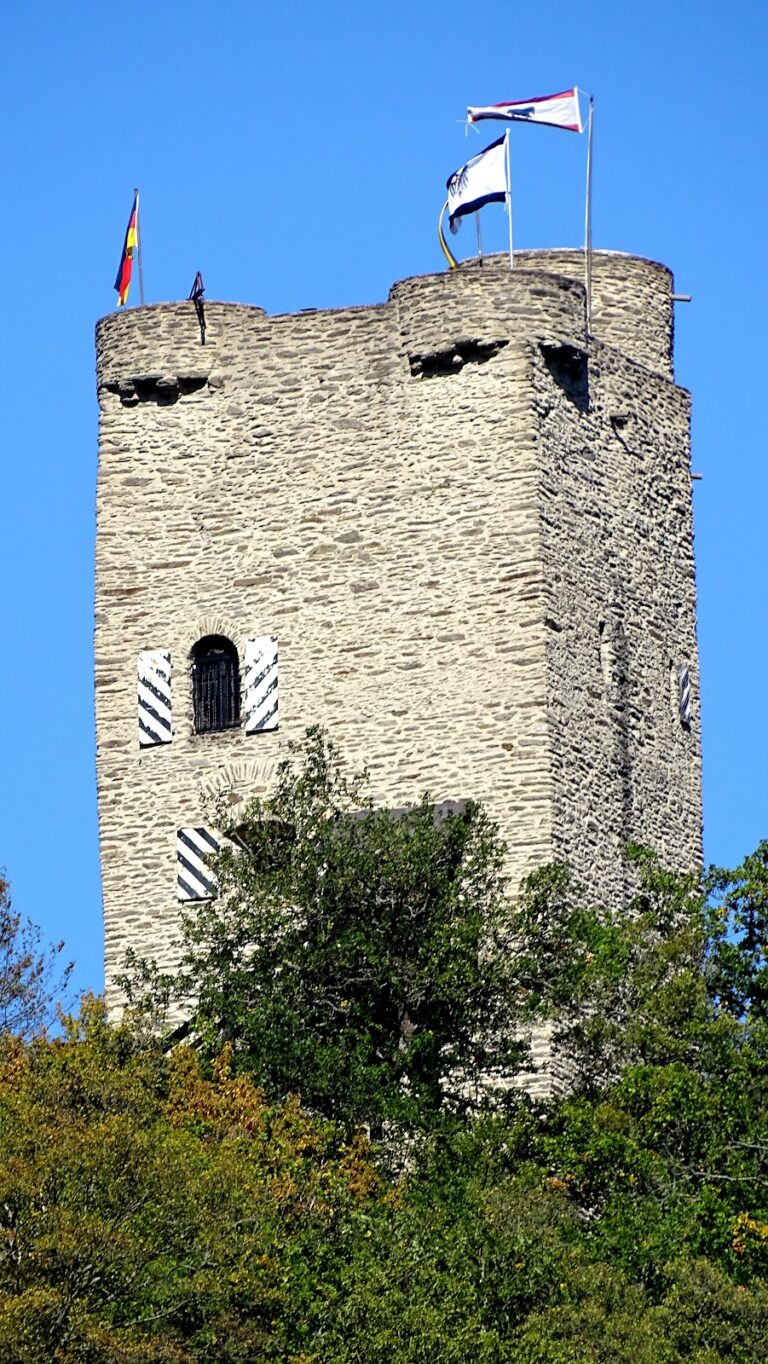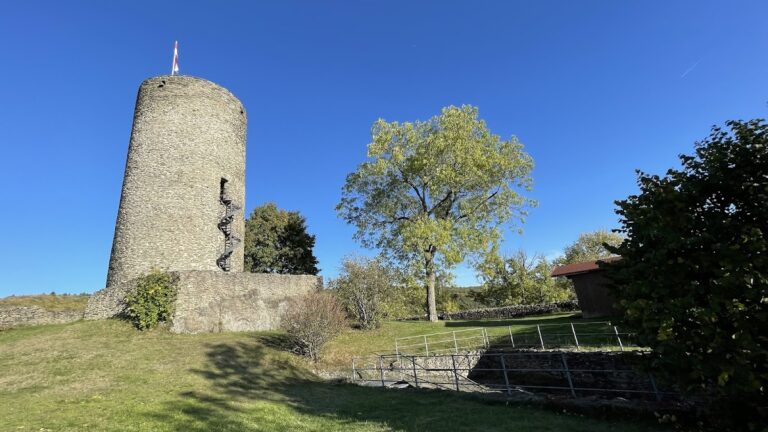Runkel Castle: A Historic Medieval Fortress in Germany
Visitor Information
Google Rating: 4.7
Popularity: Medium
Google Maps: View on Google Maps
Official Website: www.burg-runkel.de
Country: Germany
Civilization: Medieval European
Remains: Military
History
Runkel Castle is located in the municipality of Runkel, Germany, and was originally established by medieval German builders. The fortress first appears in historical records in 1159 and was likely constructed shortly beforehand by Siegfried I von Runkel. It was probably commissioned under the authority of Emperor Frederick Barbarossa to guard a vital crossing of the Lahn River. This strategic position allowed control over ferry traffic, as the stone bridge over the river was built later between 1440 and 1448.
By the mid-13th century, family disputes shaped the castle’s history. Around 1250, Siegfried V von Runkel expelled his cousin Heinrich from the premises. Heinrich responded by erecting Schadeck Castle across the Lahn, creating a division of territories between the Runkel and Westerburg family branches. This split remains a defining feature of the area’s medieval history.
The late 14th century marked growth for the Runkel domain under Dietrich III von Runkel. He expanded his lands in 1376 by acquiring the tithing districts of Schupbach and Aumenau, and constructed a new castle adjacent to the original structure, reflecting increasing local power and status. Subsequently, his descendant Dietrich IV von Runkel strengthened the family’s influence through marriage to Anastasia of Wied-Isenburg, acquiring the County of Wied and establishing the Wied-Runkel lineage.
In 1543, the castle hosted Philipp Melanchthon, a leading figure of the Protestant Reformation, who was a guest of Count Johann IV von Wied-Runkel. This visit underscores the castle’s role not only as a military stronghold but also as a site of religious and political significance during the Reformation.
The political landscape shifted again in 1595 when the County of Wied was divided between the Wied-Isenburg and Wied-Runkel lines. Runkel Castle became the administrative center for the Upper County of Wied, highlighting its continued importance in regional governance.
Runkel suffered significant destruction in 1634 during the Thirty Years War when Imperial troops led by Count Isolani burned the town and devastated the Upper Castle. The Upper Castle remained in ruins, but the Lower Castle was repaired and rebuilt by 1642, allowing life to continue in the castle complex despite the conflict’s toll.
In later centuries, the Wied-Runkel principality was elevated to princely status in 1791 but relinquished sovereignty in 1806 with the formation of the Confederation of the Rhine. The territory then became part of the Duchy of Nassau, which was annexed by Prussia in 1866. The Wied-Runkel family line ended with the death of its last male princes in 1824, and ownership subsequently passed to the Wied-Neuwied branch of the family.
Today, the castle remains under the possession of Maximilian, Prince of Wied, who resides at Neuwied Castle. The site has maintained its historical role as a cultural landmark, preserving elements of its medieval past through museums and archives on the premises.
Remains
The castle complex at Runkel consists of two main parts: an Upper Castle, situated atop a rocky hill overlooking the Lahn valley, and a Lower Castle, which serves as the forecourt. The Upper Castle perches approximately 150 meters above sea level, rising 35 to 40 meters above the valley floor. Despite its ruined state following destruction in 1634, it remains accessible to visitors and retains significant structural elements.
At the peak of the Upper Castle stands a prominent keep, a tall tower that rises roughly 31 meters above the Lower Castle courtyard. This tower is climbable, offering panoramic views of the surrounding area, including the medieval Lahn bridge nearby and Schadeck Castle across the river. The keep anchors the defensive layout of the Upper Castle and reflects the castle’s strategic importance.
A notable feature of the Upper Castle is its main building, approximately 40 meters in length, which is flanked by large stone towers at both ends. These towers are similar in height and wall thickness to the central keep, and together they form a shield wall facing the river, designed to protect the castle from attack. Unusually, Runkel Castle includes three bergfriede, or defensive stone towers, which is a rare architectural trait among castles of the period.
Following its destruction, the Upper Castle remained in ruin, while the Lower Castle underwent reconstruction and expansion during the 17th and 18th centuries. The rebuilding resulted in a series of two- and three-story buildings arranged in a U shape, adjoining the Upper Castle and enclosing a central courtyard. These lower structures incorporated residential, administrative, and religious functions.
Within the castle grounds, additional agricultural buildings were constructed around a courtyard, enclosed by a circular wall. These facilities supported the estate’s farming activities and storage needs, some of which continue to serve agrarian purposes today.
The Lower Castle is well preserved and remains in active use. It houses a museum, a chapel, and an archive, serving both as a cultural repository and administrative center. Parts of the complex are also used as private residences and for storing farming equipment, demonstrating the castle’s ongoing integration with the local community.
The entire complex is recognized as a regional architectural monument, reflecting its historical and cultural value. Moreover, it enjoys protection under the Hague Convention, which safeguards cultural property during times of armed conflict. This status ensures that Runkel Castle’s remains are preserved for future generations to study and appreciate.

